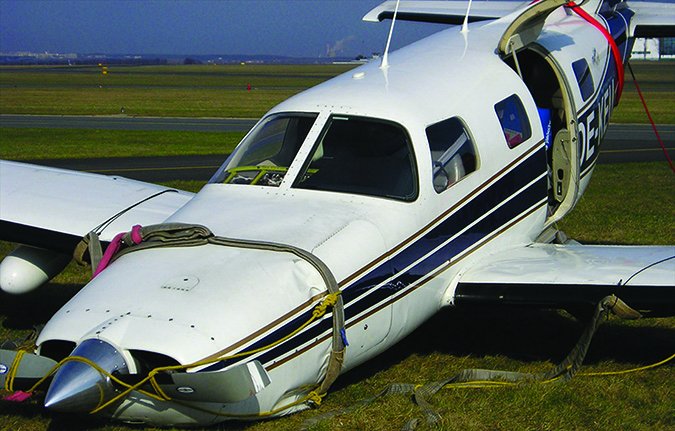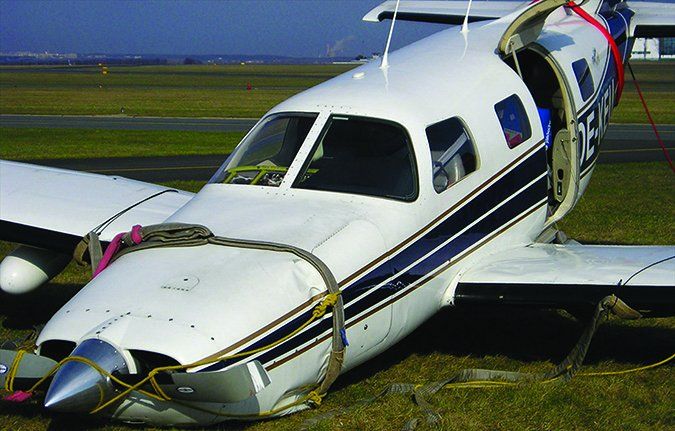Mike Hart’s article this month on supplemental oxygen reminded me of something I always try to do before each takeoff: ask myself, “What’s going to try to kill me on this flight?” It’s a fair question to ask, and one that deserves a considered response, at least to yourself. The trick is there’s usually more than one answer.
Weather often is a constant risk. That’s especially true if airframe icing is a possibility, or thunderstorms. Low ceilings are another obvious hazard, as can be a simple unforecast headwind. Which gets us into fuel management and general flight planning. Other times it might be fatigue after a long day at work, or simply that the workday has us focused on concerns completely unrelated to operating an aircraft safely.

Mechanical problems actually are far down my list of concerns, but they grow in importance if the terrain I’ll be flying over is inhospitable to an engine failure. But I’ll still run things like the last oil change, or the last maintenance performed, through my mind and verify the work has been completed.
Also far down my list is losing control, not because I’m good at this flying thing but because I try not to put me or the airplane in a situation where losing control is a possible outcome. Mid-air collisions are always of concern, too, even at the higher altitude I usually use when going somewhere. Since most mid-airs happen close to an airport, I’m extra-vigilant near them.
It’s actually less about the stuff that “can kill me” than it is a simple, last-gasp check of all the things pilots must consider when planning and executing a flight, and while en route. Even if we’re not carrying passengers, we still have some awesome responsibilities to identify, accept and manage the risks aviation poses.
By the time I’m ready to start an engine, I’ve done all I can to mitigate the upcoming risks. I’ve planned a route around, below or above the bad weather, I have more than enough gas to reach my destination or the interim fuel stop and I have all the charts and other flight information I’ll need. I’ve checked and verified the loading and that each passenger has been briefed.
None of this is rocket science, but those last few moments before starting the engine—is the towbar stowed or is it still attached to the nosewheel?—offer one of the best opportunities to assess the risks we’re about to face and decide whether we’ve done all we can to mitigate them. Ultimately, it’s all about considering and planning for the worst-case scenario.
Asking ourselves if we’ve done everything we can to minimize risk is simply good judgment and good operational practice. I can’t say doing so has saved the day, but it has saved me some embarrassment and awkward moments. And that’s good, too.




